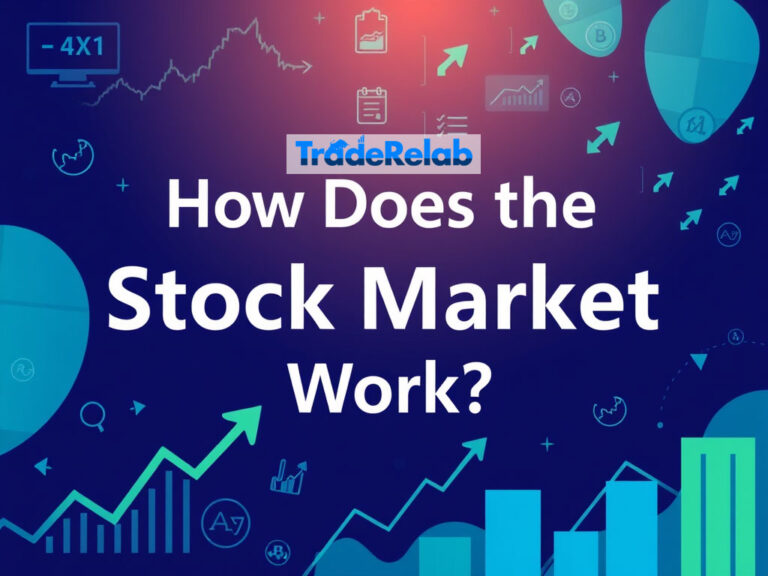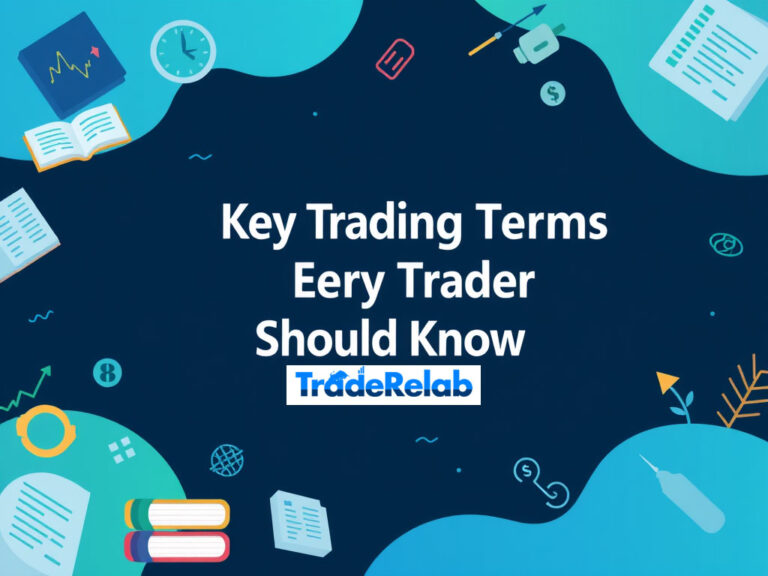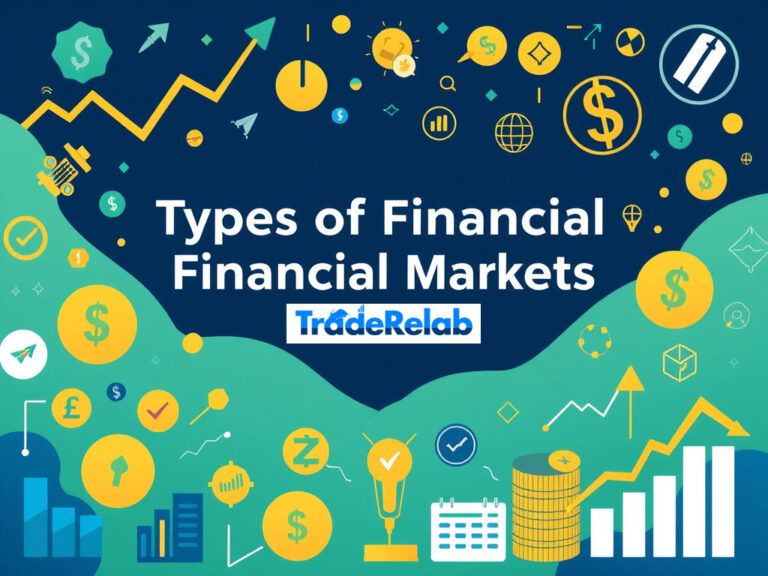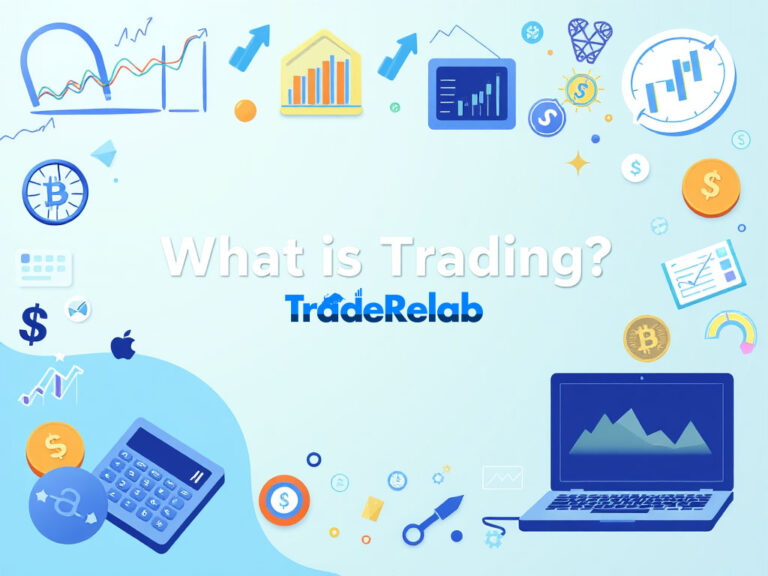Introduction to Forex Trading: What You Need to Know
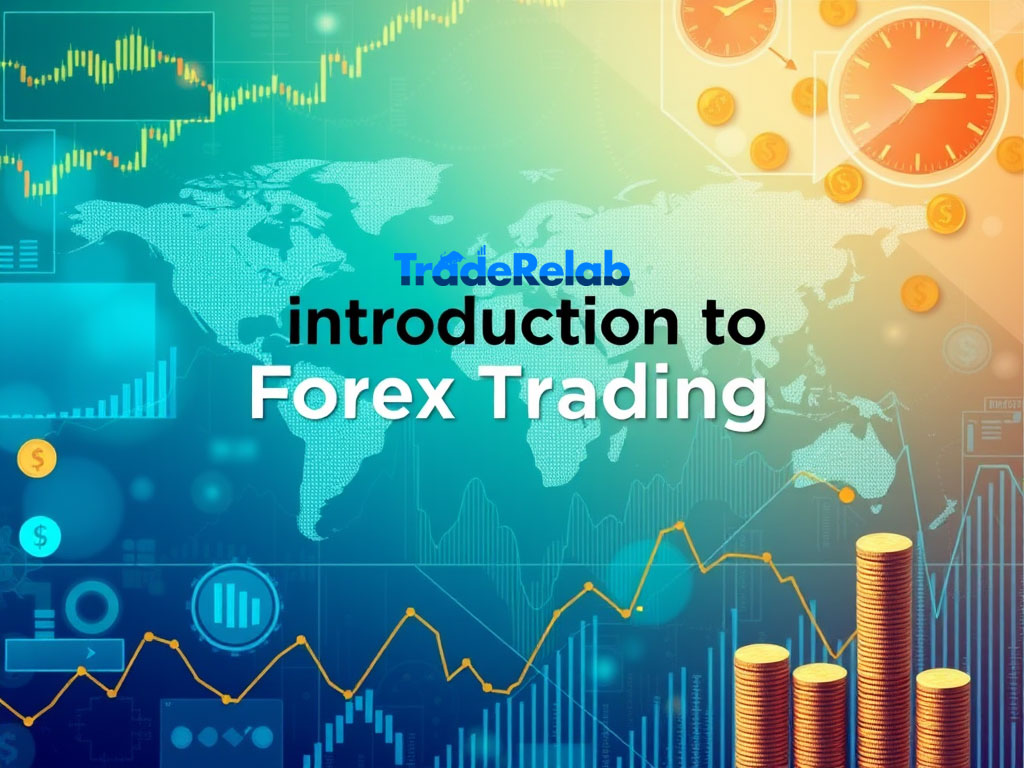
Forex trading, also known as currency trading or the foreign exchange market, is one of the largest and most liquid financial markets in the world. With a daily trading volume of over $6 trillion, it provides vast opportunities for traders to participate in the global economy by buying and selling currencies. However, to succeed in forex trading, it’s crucial to understand the market, the tools, and strategies involved. In this article, we’ll guide you through the basics of forex trading, the key factors influencing currency prices, and how to get started on your trading journey.

What is Forex Trading?
Forex trading involves the exchange of one currency for another in the hope of making a profit. For example, you might buy the euro (EUR) by selling the US dollar (USD). The forex market operates in pairs, such as EUR/USD, GBP/USD, USD/JPY, and others. Each pair represents two currencies, and traders aim to capitalize on the fluctuations in the exchange rates between these currencies.
Unlike other financial markets like the stock market, forex trading takes place 24 hours a day, five days a week, making it one of the most accessible markets for traders worldwide. This continuous trading allows participants to react to global events in real time and trade on their terms.
Key Features of Forex Trading
- Currency Pairs: Forex trades are conducted in currency pairs, where one currency is traded against another. The most common currency pairs are called “major pairs,” which include:
- EUR/USD (Euro/US Dollar)
- GBP/USD (British Pound/US Dollar)
- USD/JPY (US Dollar/Japanese Yen)
- AUD/USD (Australian Dollar/US Dollar)
- Leverage: One of the key attractions of forex trading is the ability to use leverage. Leverage allows traders to control a large position with a relatively small amount of capital. For example, if a trader has $1,000 in their account and uses 100:1 leverage, they can control $100,000 worth of currency. While leverage can amplify profits, it also increases risk, and it’s important for traders to use leverage carefully and within their risk tolerance.
- Market Hours: The forex market is open 24 hours a day, five days a week, from Sunday 5 PM EST until Friday 5 PM EST. This extended trading hours are due to the market’s decentralized nature, with currency pairs being traded across different time zones in cities like London, New York, Tokyo, and Sydney. The market is divided into three major trading sessions:
- Asian Session: 5 PM to 2 AM EST (Tokyo, Sydney)
- European Session: 3 AM to 12 PM EST (London, Frankfurt)
- North American Session: 8 AM to 5 PM EST (New York, Chicago)
- Liquidity: Forex is one of the most liquid markets in the world, meaning there is always a buyer and seller for any currency pair at any given time. This high liquidity allows traders to enter and exit trades with minimal slippage.
- Volatility: Forex markets can be highly volatile, with currency pairs fluctuating in value due to factors such as geopolitical events, economic reports, and central bank policies. This volatility can present both opportunities and risks for traders, depending on their strategy and market knowledge.

Factors Influencing Currency Prices
Currency prices are influenced by a variety of factors, including:
- Economic Indicators: Economic data such as GDP, inflation rates, unemployment figures, and consumer spending can have a significant impact on currency prices. For example, strong economic growth typically leads to a stronger currency, while a weakening economy may cause a currency to depreciate.
- Interest Rates: Central banks control interest rates and use them as a tool to manage inflation and stabilize the economy. A country with higher interest rates may attract foreign investors, leading to an appreciation of its currency. Conversely, a country with lower interest rates may see its currency weaken.
- Geopolitical Events: Political instability, elections, trade wars, and conflicts can create uncertainty and volatility in the forex market. Investors tend to avoid risk during such events, which can result in a flight to safer currencies such as the US dollar or Swiss franc.
- Market Sentiment: Currency prices are also influenced by market sentiment, which is the overall mood or attitude of traders towards a particular currency. If traders are optimistic about the future of a currency or country, they may buy that currency, causing its value to rise. Conversely, negative sentiment can lead to selling pressure and a decline in value.
- Central Bank Policies: Central banks play a crucial role in influencing currency prices. Their monetary policies, including quantitative easing (QE) and interest rate decisions, have a direct impact on the supply and demand for a currency.
Types of Forex Trading Strategies
There are several trading strategies that traders use to navigate the forex market, including:
- Day Trading: Day trading involves opening and closing positions within the same trading day. Traders aim to profit from short-term price movements, often using technical analysis to identify entry and exit points. This strategy requires quick decision-making and is best suited for active traders who can monitor the market throughout the day.
- Swing Trading: Swing traders aim to capture price swings or trends over several days or weeks. This strategy involves holding positions for longer periods and is ideal for traders who do not have the time to monitor the market continuously.
- Scalping: Scalping is a strategy that involves making a large number of small trades over a short period of time. The goal is to profit from small price changes. Scalping requires a high level of discipline and the ability to execute trades quickly.
- Position Trading: Position trading is a long-term strategy where traders hold positions for weeks, months, or even years. This strategy is based on fundamental analysis and the belief that currency prices will move in the trader’s favor over time.
- Carry Trading: A carry trade involves borrowing money in a low-interest-rate currency and using the proceeds to invest in a high-interest-rate currency. Traders aim to profit from the interest rate differential between the two currencies, in addition to any capital gains from changes in the exchange rate.
How to Get Started in Forex Trading
If you’re interested in starting forex trading, here’s a step-by-step guide to help you get started:
- Educate Yourself: Before you begin trading, take the time to learn about the forex market. There are numerous resources available online, including articles, videos, and webinars, that can help you understand the basics of forex trading and the strategies used by successful traders.
- Choose a Forex Broker: Selecting a reputable forex broker is essential. Look for a broker that offers a user-friendly trading platform, competitive spreads, and good customer support. Ensure that the broker is regulated by a recognized authority such as the U.S. Commodity Futures Trading Commission (CFTC) or the UK’s Financial Conduct Authority (FCA).
- Open a Demo Account: Most brokers offer demo accounts where you can practice trading with virtual money. A demo account allows you to get familiar with the trading platform and test out different strategies without risking real money.
- Start with a Small Deposit: Once you’re ready to trade with real money, start with a small deposit and gradually increase your position size as you gain experience. It’s essential to use proper risk management techniques to protect your capital.
- Monitor the Market: Stay up-to-date with market news and economic reports that may affect currency prices. Use technical and fundamental analysis to identify potential trading opportunities and manage your risk effectively.
Risks of Forex Trading
Forex trading can be highly profitable, but it also comes with significant risks. The use of leverage amplifies both potential gains and losses, and the volatility of the market can lead to rapid price changes. It’s essential to use risk management techniques such as stop-loss orders and position sizing to minimize potential losses.
Additionally, emotional control is critical in forex trading. The market can be unpredictable, and traders may experience periods of losses. It’s important to remain disciplined and avoid making impulsive decisions driven by fear or greed.
Conclusion
Forex trading offers numerous opportunities for those willing to learn and put in the effort to master the market. With a solid understanding of the basics, effective strategies, and proper risk management techniques, you can start your forex trading journey with confidence. Whether you’re looking to trade short-term or long-term, forex offers flexibility and the potential for profit. However, it’s essential to stay informed, practice discipline, and continuously improve your skills to succeed in this dynamic and ever-changing market.
By starting small, staying patient, and learning from both your successes and failures, you can navigate the forex market and work towards achieving your financial goals.

